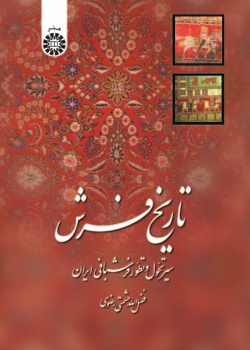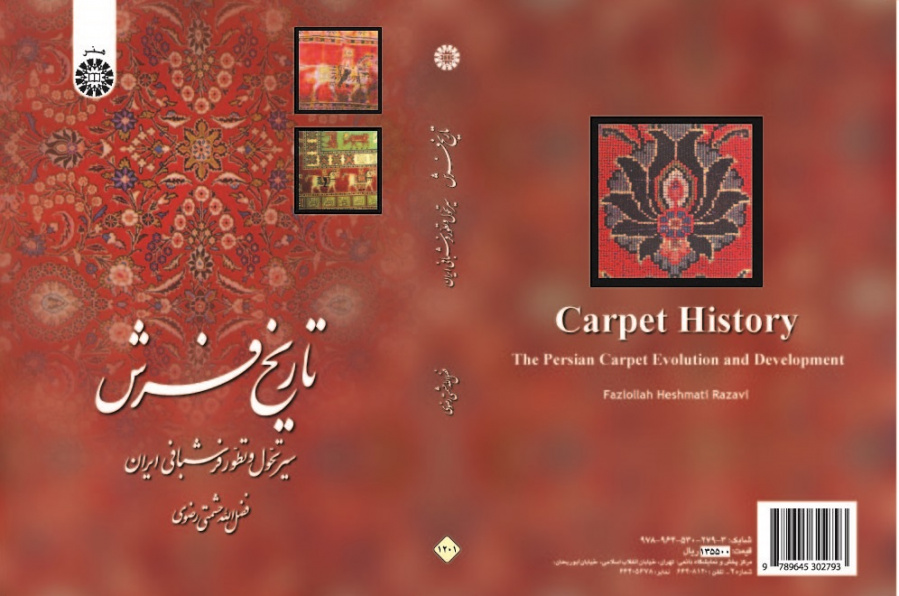

Carpet History: The Persian Carpet Evolution and Development
The history of Persian carpet is the story of women and men who spun and wove across the vast plateau of Iran and humbly handed down their skill and tradition to the present generation. Therefore, central to this historiography is an account of production and trading system as well as human resources.
This book after some introductory remarks provides the reader with a background of weaving loci from the pre-historic and mythological age of Tahmureth, and then turns to the ancient era of the Medes, the Achaemenids, the Seleucids, the Arsacides, and the Sassanids. Afterwards, the book follows the topic of carpet in the first Islamic period which includes Persia after its conquest by the Arabs, the Caliphate of the Umayyads and the Abbasids, the rule of the Turk Qaznavids, the Saljuqids, and the Xarazmshahids. The book has ten chapters in which the following issues are successively debated: the definition of the key terms and an overview of the subject matter and the term “Ghā li” (The Persian word for carpet), a historical survey of methods employed in carpet-weaving, a historical background of the materials used in carpet-weaving and the transitions made in the loci of carpet-weaving; pre-historic
era, ancient era, the Islamic period (first centuries), Ilkhanid, Teymurid and Turkmens periods, the Safavid era (the golden age of carpet-weaving), Afsharid and Zandi periods, the Qajarids, the Pahlavids and the period coinciding with first thirty years after the victory of the Islamic revolution of Iran.
There are colored as well as black and white pictures, tables and diagrams in the book.
Composed for the BA students of art-carpet as a primary source for “The History of Carpet 1” course, this book provides the reader with a background of weaving loci from the pre-historic and mythological age of Tahmureth, and then turns to the ancient era and then to the period after the victory of the Islamic revolution of Iran.





